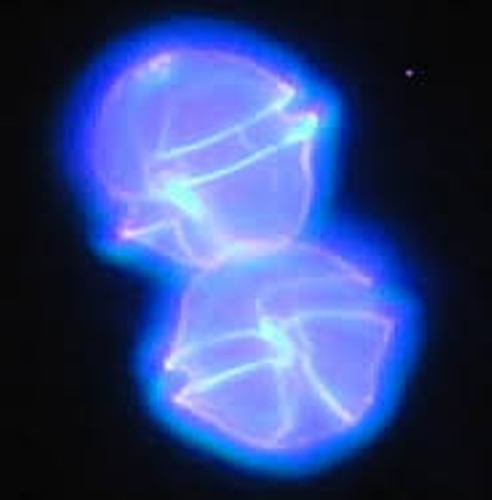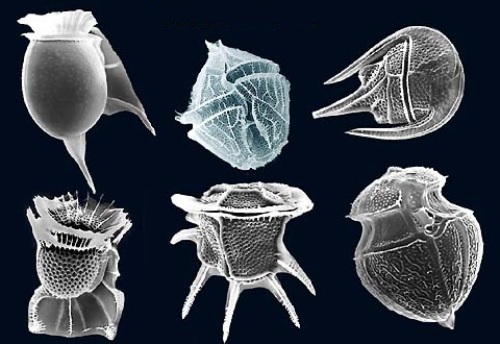10 Facts about Dinoflagellates
Facts about Dinoflagellates will show you the interesting information about a large group of flagella protists. They can be found living in marine and freshwater environment. There are several factors which affect the distribution of Dinoflagellates. They include depth, salinity and temperature. Most of them are recognized as photosynthetic creatures. But you can find some of them performing mixotrophic. Compared to diatoms, this group is smaller even though it is called as one of the largest groups in marine eukaryotes. Here are other interesting facts about Dinoflagellates to notice:
Facts about Dinoflagellates 1: the biology of coral reef
The biology of coral reef is also maintained because of the some species in Dinoflagellates which serve as endosymbionts.
Facts about Dinoflagellates 2: other Dinoflagellates
The other Dinoflagellates have different roles in the ecosystem. They can be parasitic or even predators. Check facts about diatoms here.

facts about dinoflagellates
Facts about Dinoflagellates 3: species
The experts have described around 1,555 species of Dinoflagellates which live in the marine environment.
Facts about Dinoflagellates 4: the total species
Some experts believe that the number of Dinoflagellates is around 2,000 species. The free living and benthic ones occupy 1,700 species, while the freshwater ones are 220 species. But others believe that there are 2,294 species of Dinoflagellates which include the parasitic, freshwater and marine ones. Look at facts about deep sea creatures here.

dinoflagellates
Facts about Dinoflagellates 5: red tide
Red tide is a term used to define the visible coloration of water caused by a bloom of Dinoflagellates. This condition may cause poisoning on human if they eat the contaminated shellfish.
Facts about Dinoflagellates 6: the description of the first modern Dinoflagellates
Henry Baker was the first scientist who described the first modern Dinoflagellates in 1753. In 1773, the creature was named by Otto Friedrich Müller.

dinoflagellates pic
Facts about Dinoflagellates 7: the genera
There are several Dinoflagellates genera proposed by Christian Gottfried Ehrenberg in 1830s. He was a microscopist from Germany. Ehrenberg observed the samples of plankton and water. The genera include Dinophysis, Prorocentrum and Peridinium.
Facts about Dinoflagellates 8: the evolutionary history
It is difficult for the experts to track the evolutionary history of Dinoflagellates due to their ability to transform the body from noncyst to cyst formation.

dinoflagellates photo
Facts about Dinoflagellates 9: the nutritional strategies
Dinoflagellates perform 3 nutritional strategies. They include heterotrophy, mixotrophy, and phototrophy.
Facts about Dinoflagellates 10: the food inclusions of Dinoflagellates
Dinoflagellates have several food inclusions. They are diatoms, small Dinoflagellates, bluegreen algae, bacteria, and ciliates.

dinoflagellates facts
Are you interested reading facts about Dinoflagellates?

